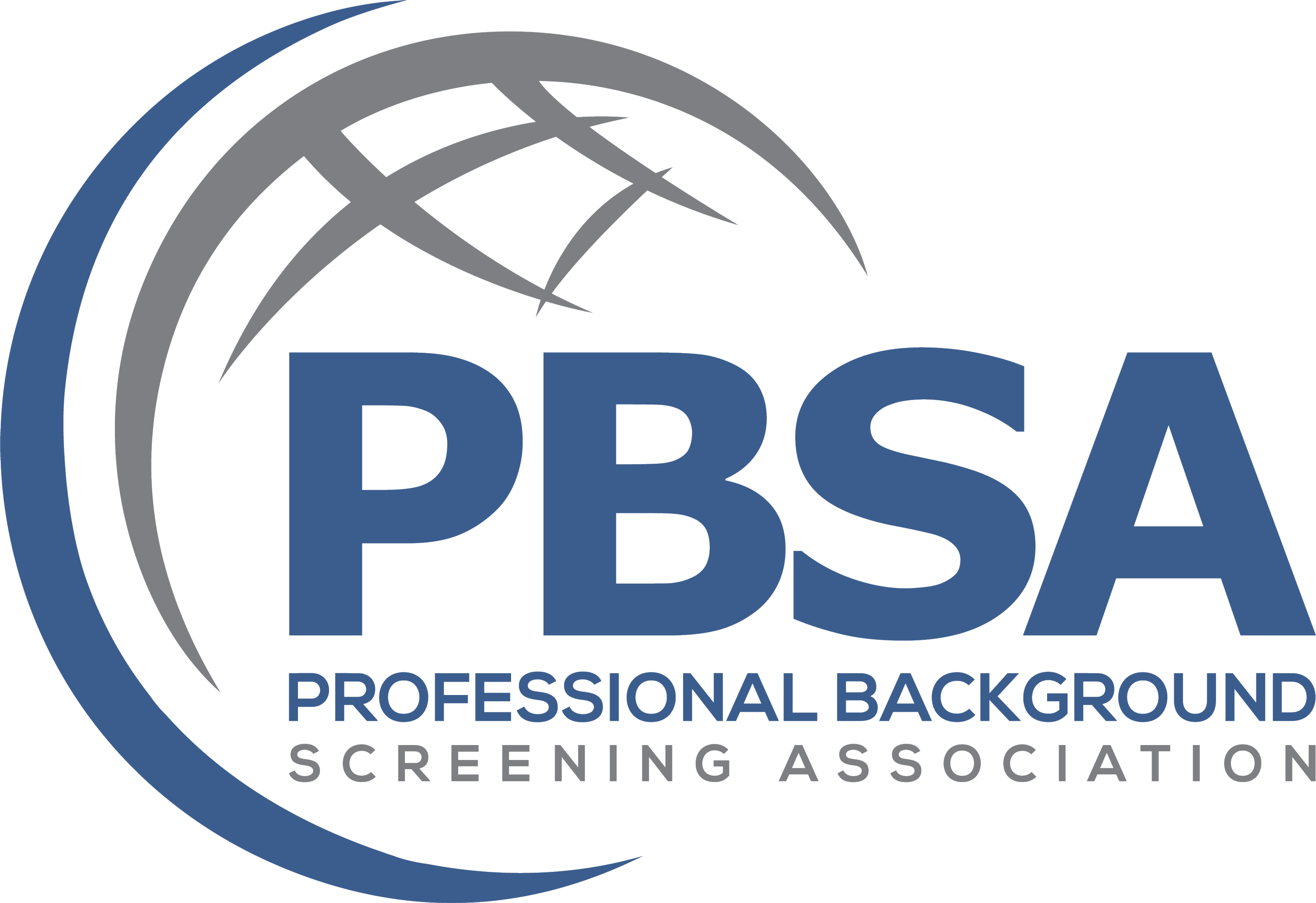5 Common Mistakes Made by Users of Talent Assessments
Although talent assessments have grown exponentially as a pre-hire and a continued training tool across multiple industries, they are still relatively misunderstood in regards to using them to their full potential. Our long-time partner, TTI Success Insights, has put together a list of common mistakes and how to overcome them to get the most value out of your employee talent assessments. So what mistakes are most commonly made with this powerful set of tools?
1. Using only one kind of assessment
Whether it’s a DISC, a Stress Quotient, or a Driving Forces assessment you should not expect one piece to be all-encompassing. Each piece is extremely valuable, but when used in tandem with other pieces you can not only gain a full understanding of your employee as a person, but also how to communicate and motivate them for continued growth and success in your organization.
2. Stopping at the Pre-Hire phase
Talent assessments are a sure-fire way to see inside the head of an applicant and tell if they will be a great fit for your team, but too many managers just leave it at that! Why not use what you know in a concise report to develop a strategy to bring out the best in each employee you have?
3. Focusing on one small piece of the report
Brains are wired toward “confirmation bias,” and we have a tendency to seek out information that agrees with our preconceived notions. Each talent assessment provided by companies like TTI are large reports with many moving pieces. Soloing in on one trait or sentence or metric really devalues the rest of the report. The information is intended to be specific, but the report as a whole is meant to be used in a big-picture kind of way. In short: use ALL of the information you have.
4. Keeping the report under lock and key
The single best way to get the most out of a talent assessment is to make the information as well-known as possible. Why? Because the reports include everything from motivators to preferred methods of interaction! Imagine how engaged an employee would be if their leadership and team mates not only knew what made them happy at work, but also how to create understanding through the best possible methods of communication! This is the very foundation of creating synergy and culture.
5. Using the report to single out differences in a negative way
No two employees are completely alike. This isn’t a ground-breaking sentiment, but for some reason it gets overlooked far too often. For example, if a leader enjoys having frequent long and verbose meetings, but none of the employees are receptive to information in that way, whose fault is it when the team seems frustrated or disengaged? Conversely, if a leader just hands out generic memos with no explanation, but the team gains more understanding from conversation, the responsibility is still in the hands of the leadership. Many leaders who read these reports will find the differences and try to force them out. Instead, differences should be appreciated and it’s up to leadership to use that understanding to create a position of strength when developing their employees.
Info Quest, Incorporated
Surfside Business Center812 South Poplar Drive, Suite 8
Surfside Beach, SC 29575
843-233-9675


infoquesthr.com ©1993-2023 InfoQuest, Incorporated | Privacy Policy | Human Trafficking Reporting Policy
